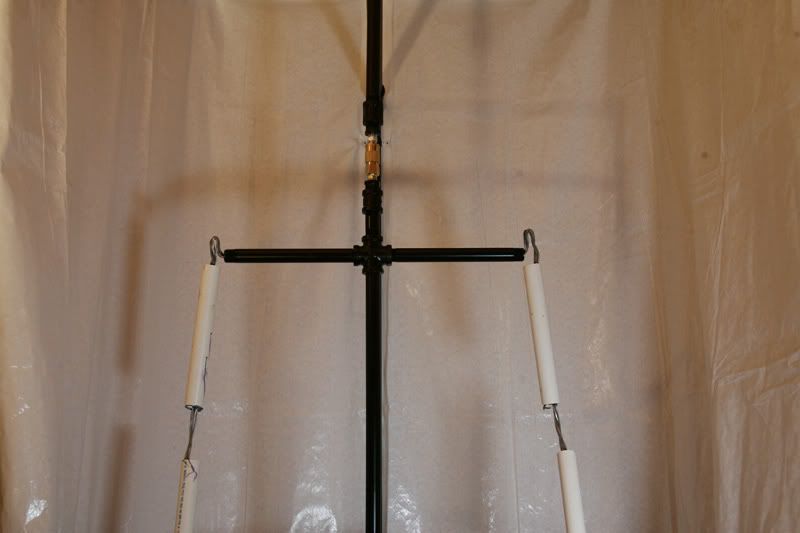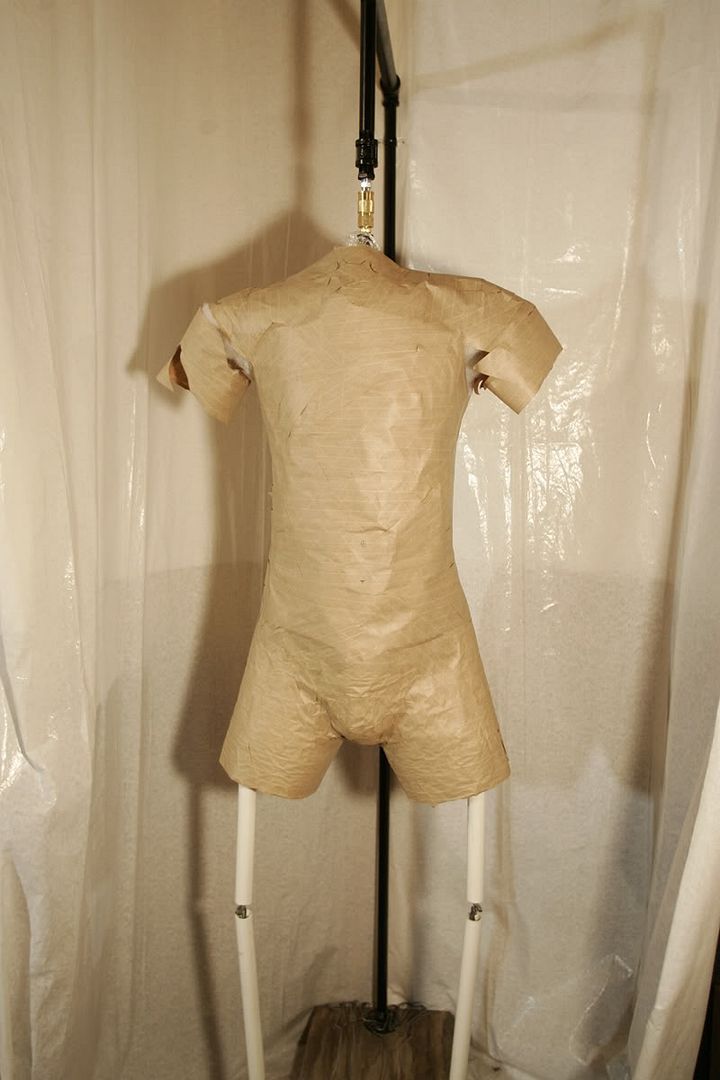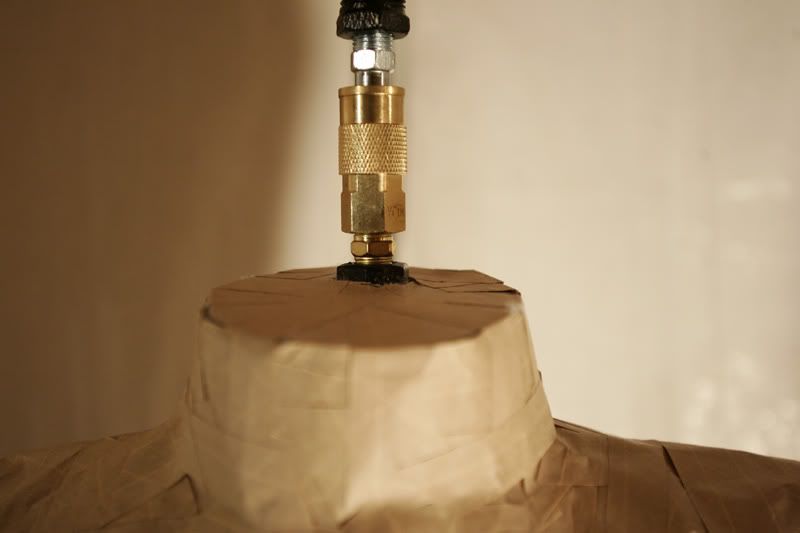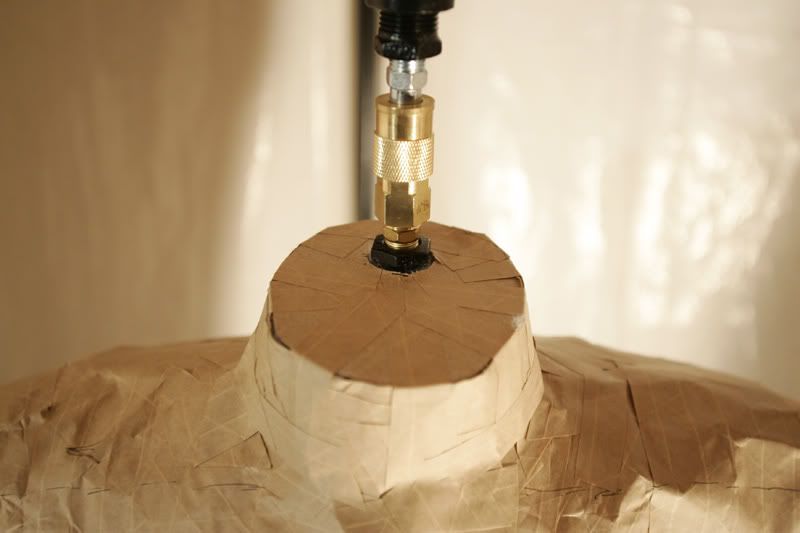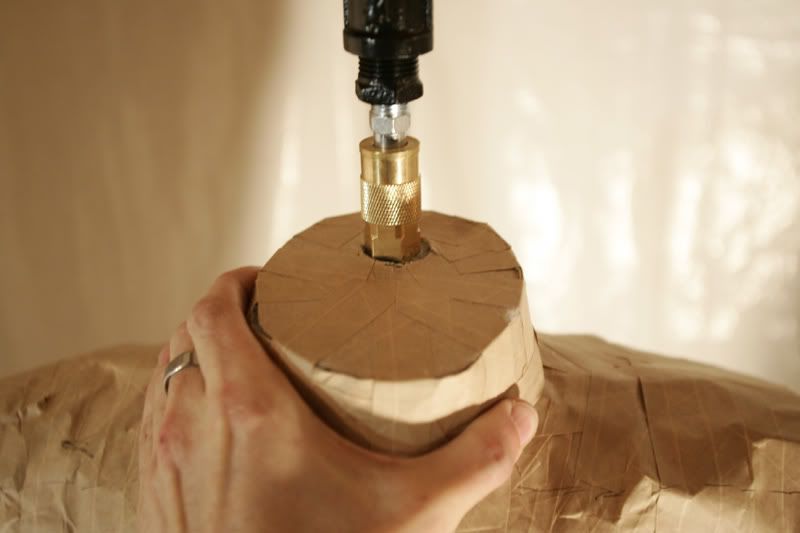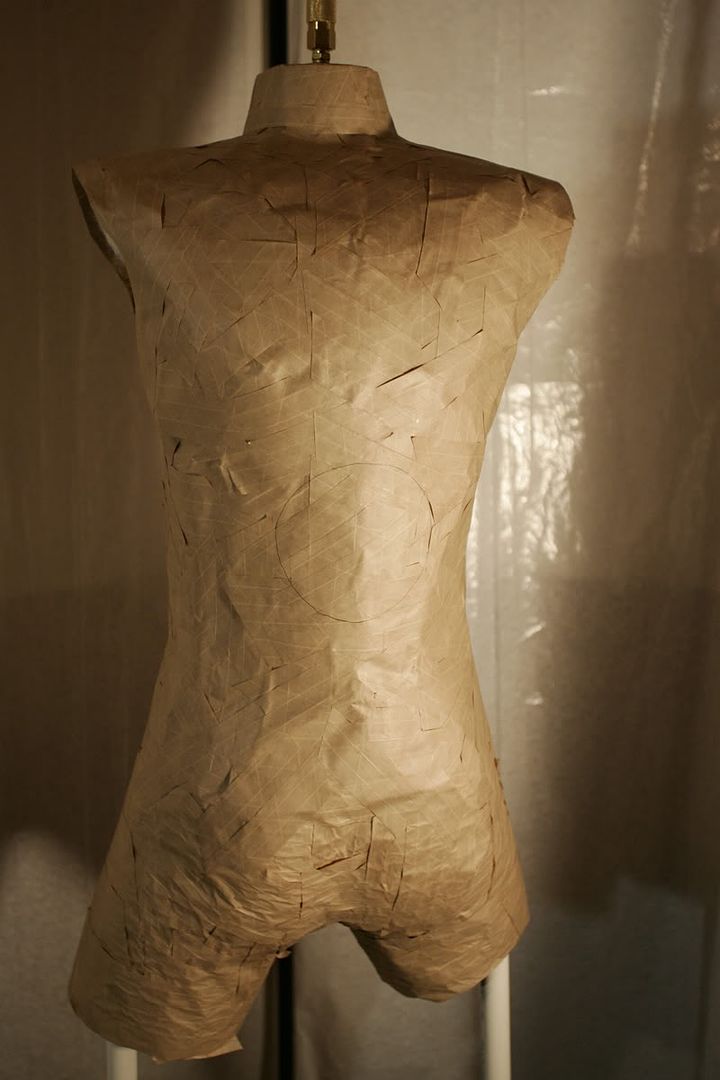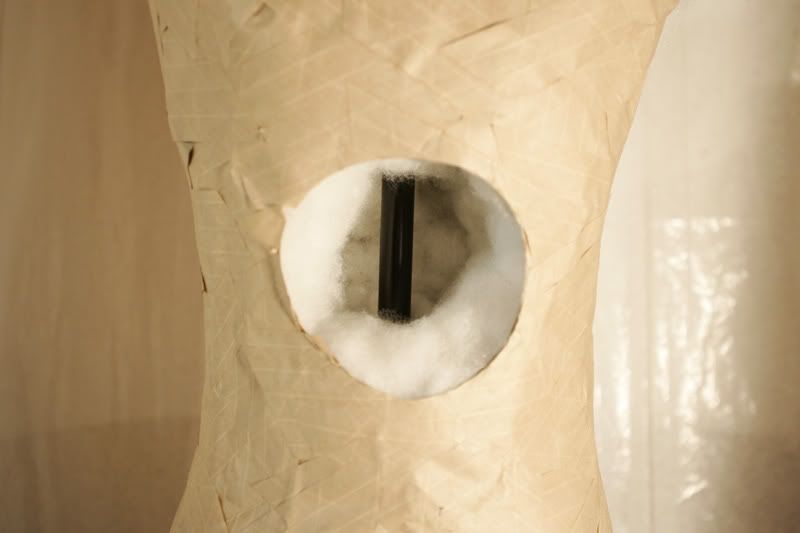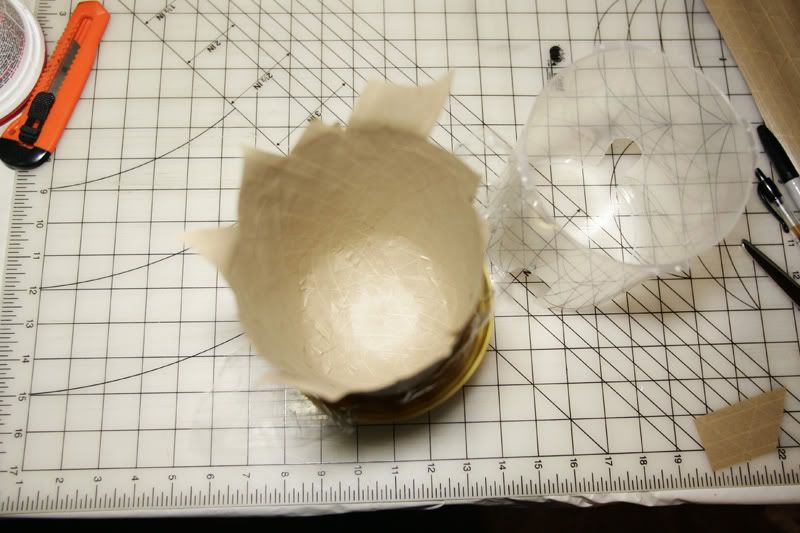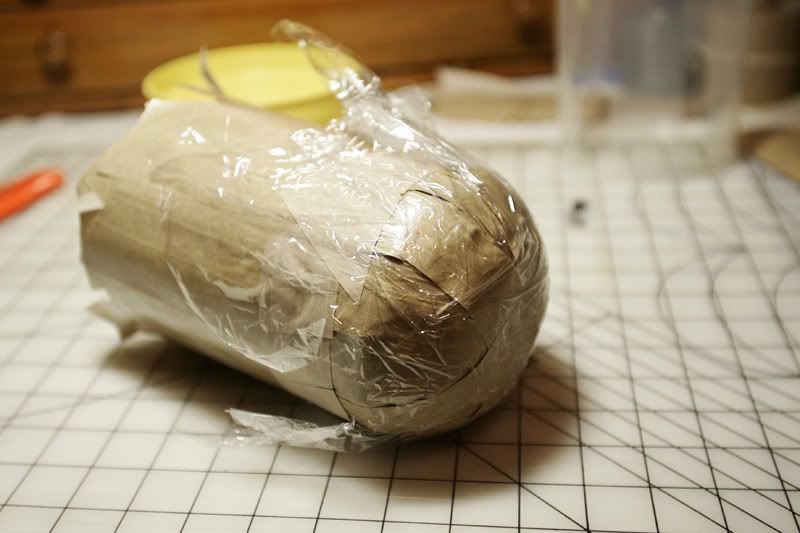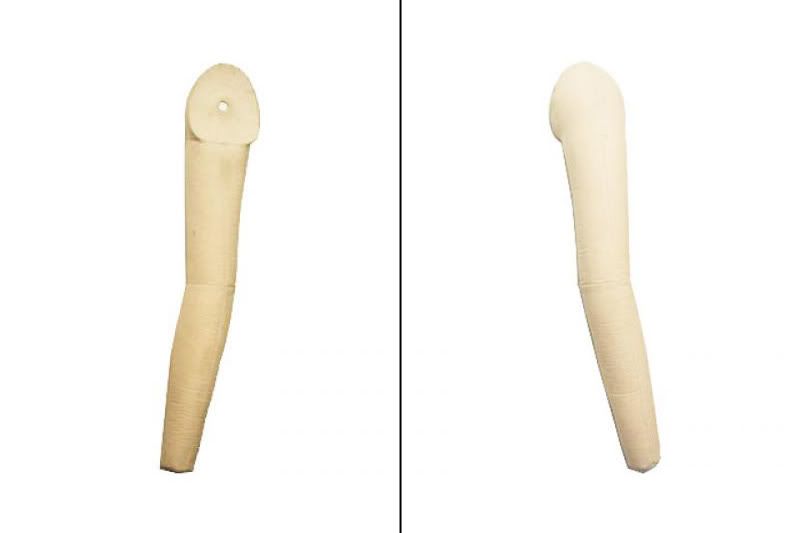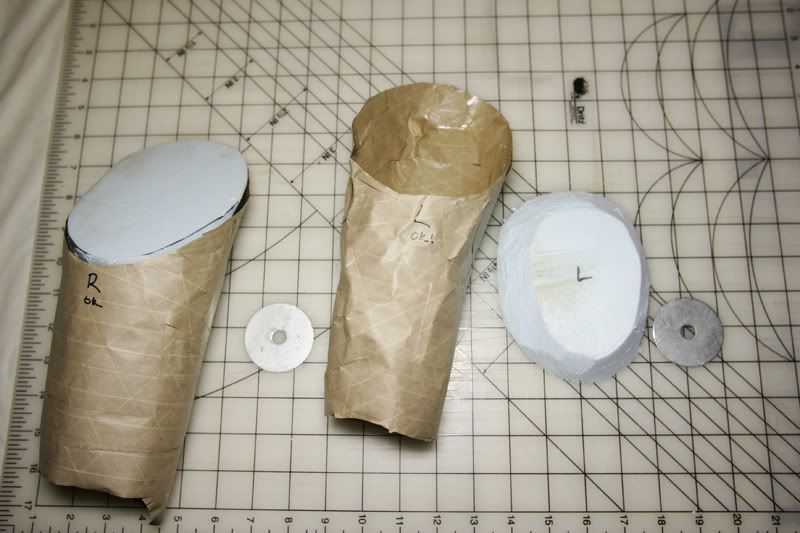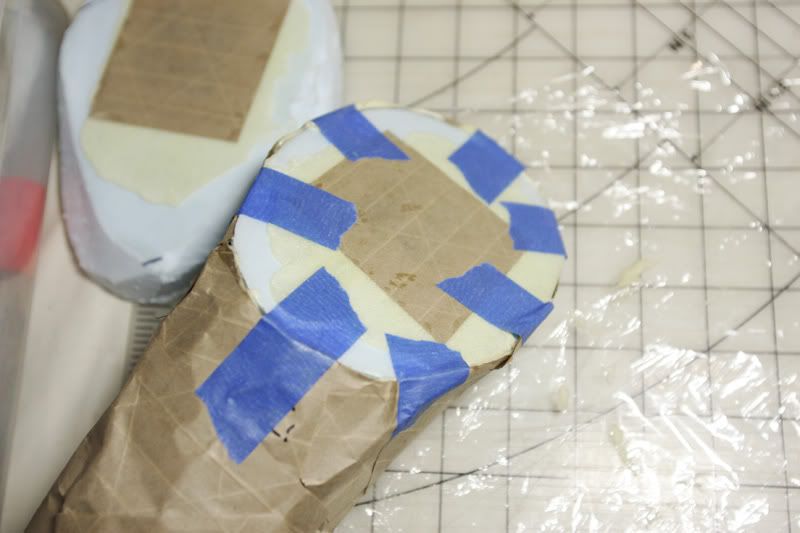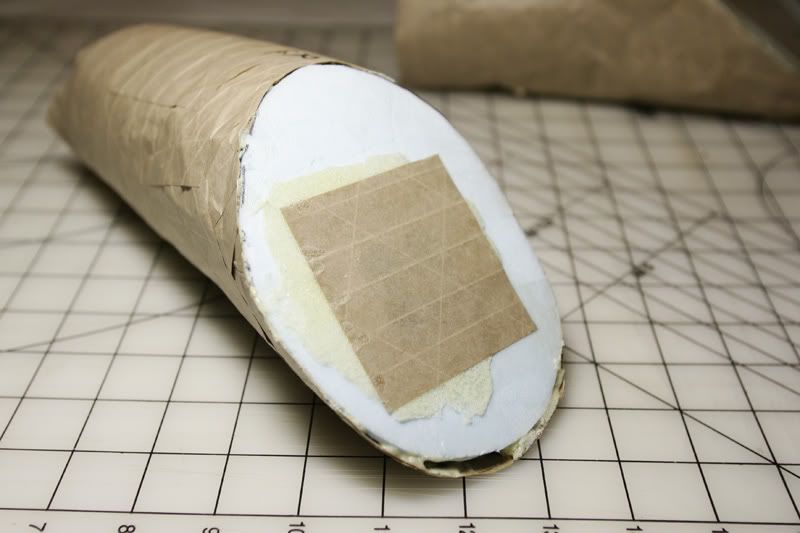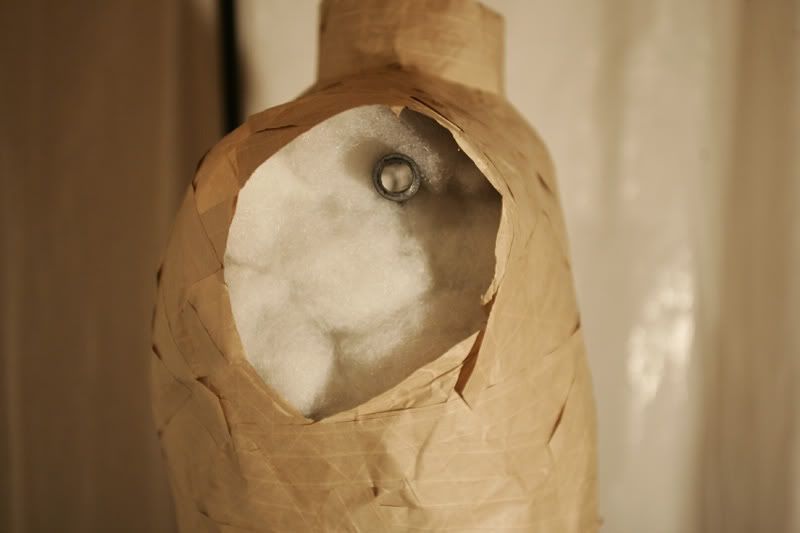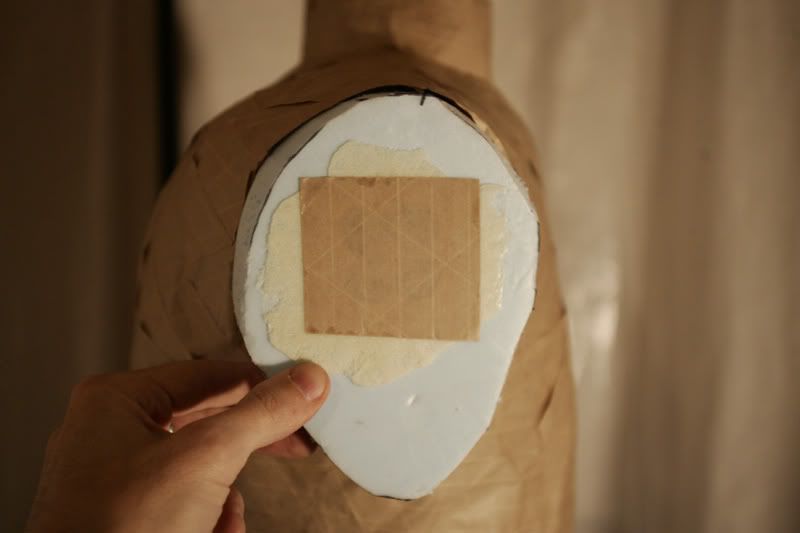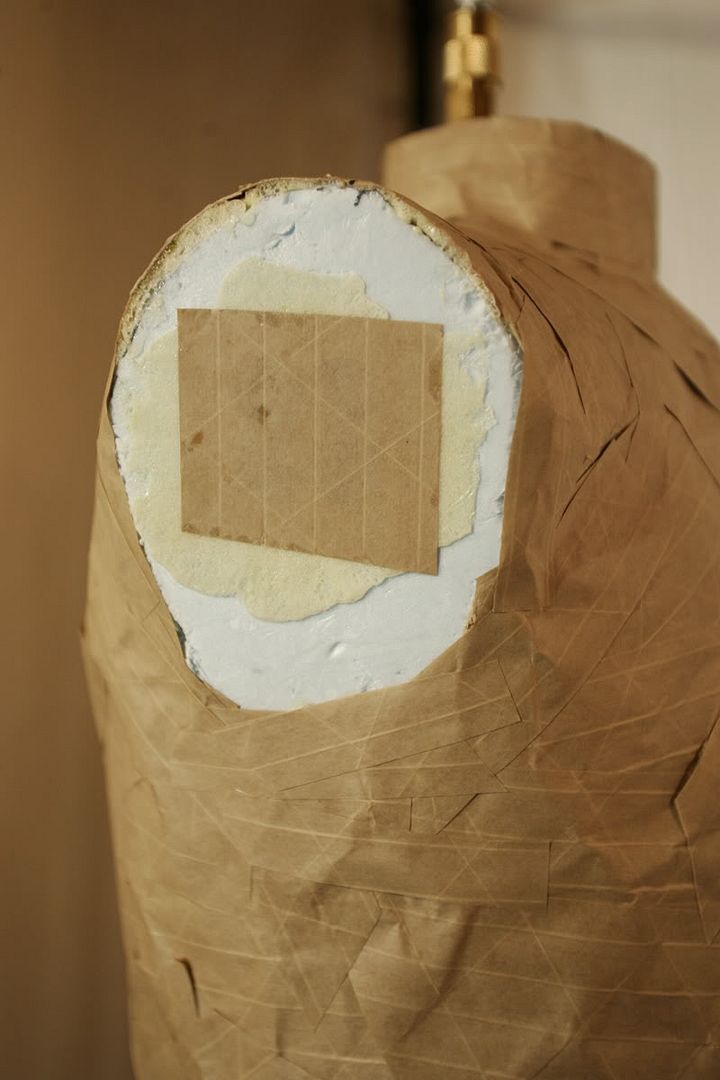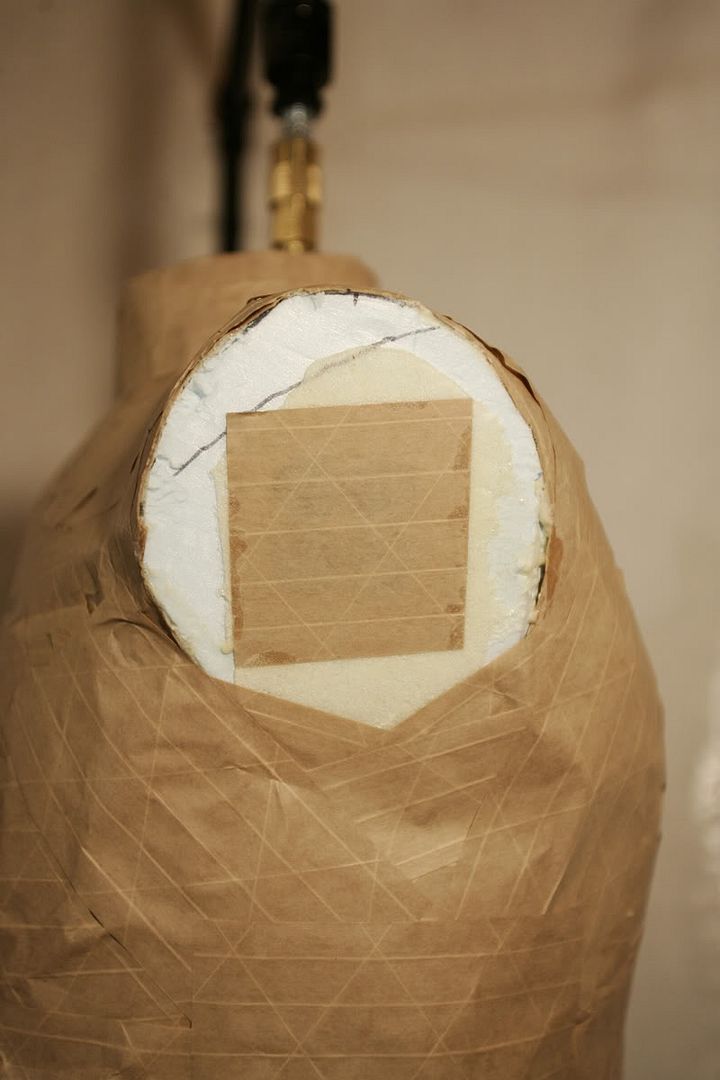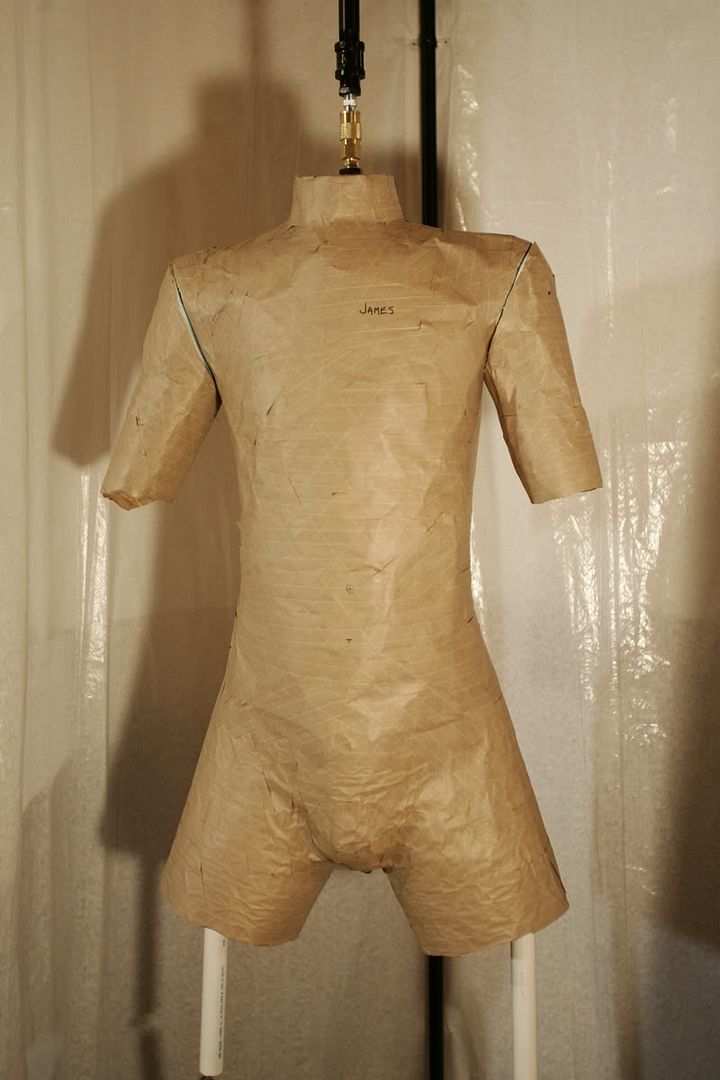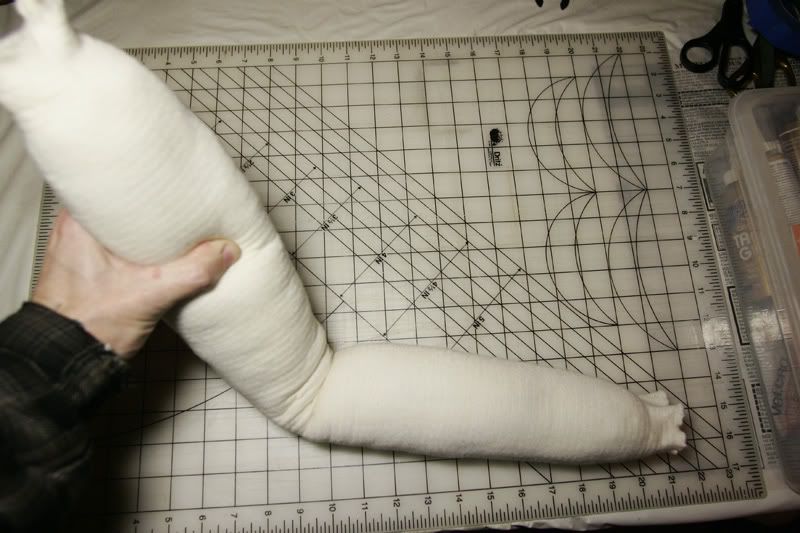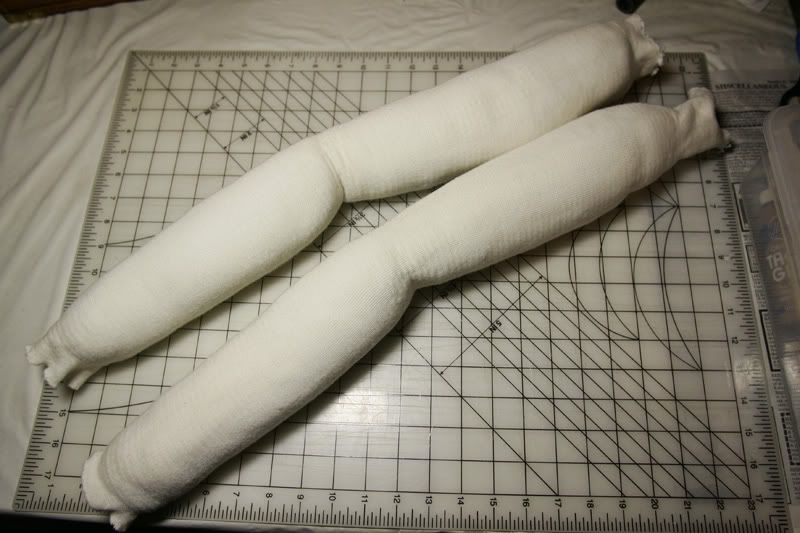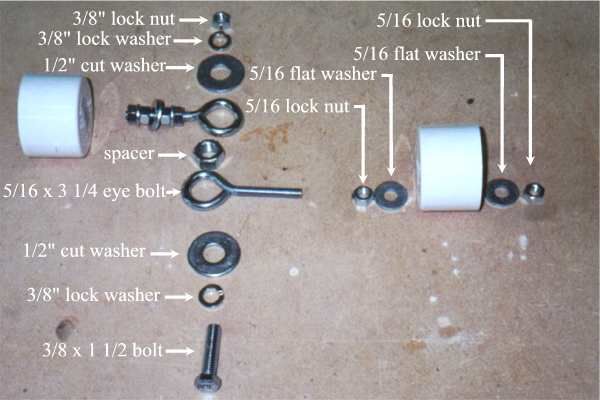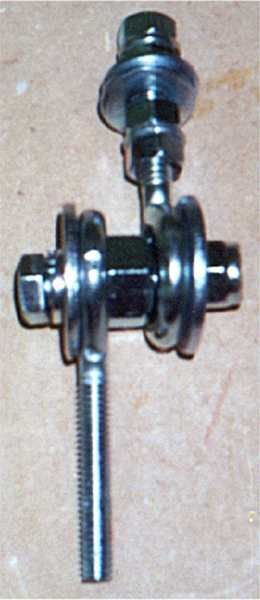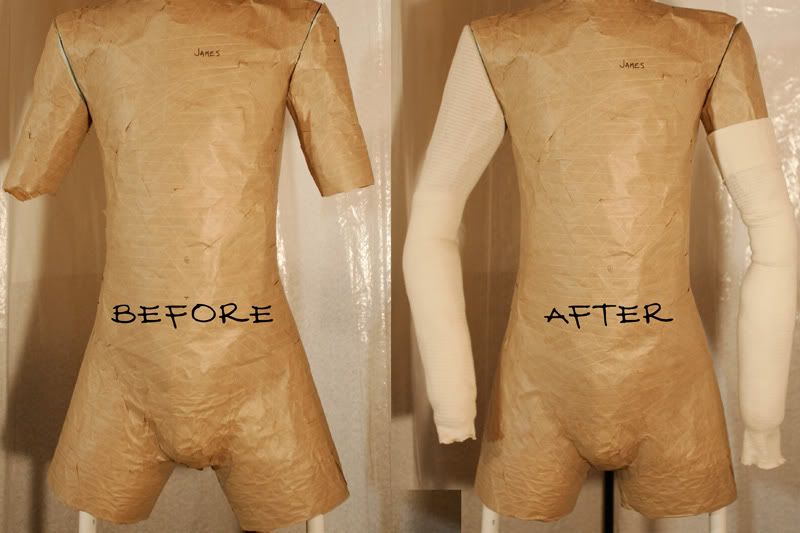Spider M Mann
Active Member
For those of us who make our own clothing or costumes, a Tailor form (also known as a dress form, dressmaker form, or body form) can be a valuable tool to own. Unfortunately, these forms are made either to a standardized size (e.g. 36, 38, 40, 42, etc.), or they can be custom made to the chest/bust, waist and hip measurements provided by you. Either way, they won't be exactly your shape. And they can also be costly. For example, a Male Full Body Tailor Form from Mannequin Store - available in only 6 sizes - runs $669.99. And getting a custom made form fit to your dimensions can be much, much more.
While very nice, those options are, for myself, way outside my budget. A much cheaper alternative is to make a "Duct Tape Dummy," an option I have seen used many times on this site and others. But while cheap, this type of body form can have... issues. They smell like Duct Tape (something I'm not particularly fond of), cannot be pinned to without getting your pins all gooey, and after they heat and cool a few times (say, in sunlight, or just a hot summer day), will eventually sag a bit, and develop a "stickiness" when the tape shifts. Most people, I assume, just chuck the form after a while and make another.
I'm much more fussy, and prefer a more permanent solution. So I did some research, and came upon the time-tested Paper Tape dress form, made using that water-activated, gummed, brown paper packaging tape found at office supply stores. Basically, it's the same concept as a Duct Tape Dummy, but turns out more like a traditional paper-mache dress form. Much more long lasting and stable. Joined with some other techniques used in making museum exhibit display "floating forms," and some other odds and ends, the result should be a custom, full body Tailor form, made to my exact dimensions, for about a hundred dollars or so.
I will fully document my sources and methods in this thread as I go, so anyone interested can follow along as I put together my Tailor form - hopefully you can make use of this process if you would like to make your own Tailor or Dressmakers form. If you have any questions, please feel free to ask.
Next up; The Beginning: Building the Stand
An example of what I will be replicating:
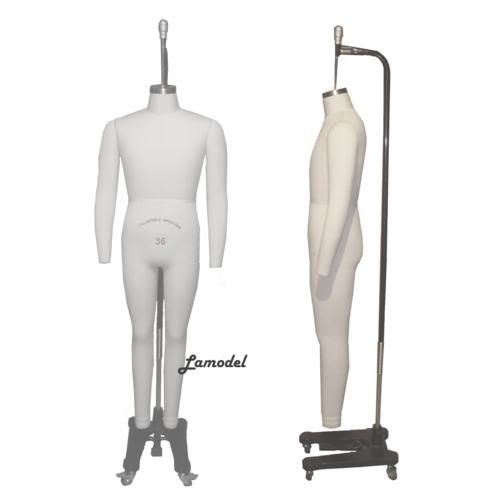
While very nice, those options are, for myself, way outside my budget. A much cheaper alternative is to make a "Duct Tape Dummy," an option I have seen used many times on this site and others. But while cheap, this type of body form can have... issues. They smell like Duct Tape (something I'm not particularly fond of), cannot be pinned to without getting your pins all gooey, and after they heat and cool a few times (say, in sunlight, or just a hot summer day), will eventually sag a bit, and develop a "stickiness" when the tape shifts. Most people, I assume, just chuck the form after a while and make another.
I'm much more fussy, and prefer a more permanent solution. So I did some research, and came upon the time-tested Paper Tape dress form, made using that water-activated, gummed, brown paper packaging tape found at office supply stores. Basically, it's the same concept as a Duct Tape Dummy, but turns out more like a traditional paper-mache dress form. Much more long lasting and stable. Joined with some other techniques used in making museum exhibit display "floating forms," and some other odds and ends, the result should be a custom, full body Tailor form, made to my exact dimensions, for about a hundred dollars or so.
I will fully document my sources and methods in this thread as I go, so anyone interested can follow along as I put together my Tailor form - hopefully you can make use of this process if you would like to make your own Tailor or Dressmakers form. If you have any questions, please feel free to ask.
Next up; The Beginning: Building the Stand
An example of what I will be replicating:

Last edited:


